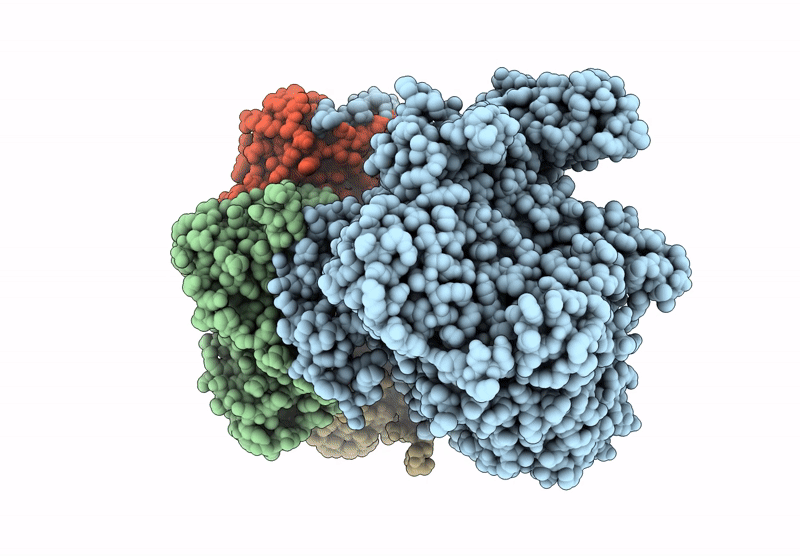
Deposition Date
2025-02-19
Release Date
2025-06-04
Last Version Date
2025-06-04
Entry Detail
PDB ID:
9NE8
Keywords:
Title:
Human polymerase epsilon bound to PCNA and DNA with an in-situ-generated mismatch in the mismatch-locking state
Biological Source:
Source Organism:
Homo sapiens (Taxon ID: 9606)
synthetic construct (Taxon ID: 32630)
synthetic construct (Taxon ID: 32630)
Host Organism:
Method Details:
Experimental Method:
Resolution:
3.60 Å
Aggregation State:
PARTICLE
Reconstruction Method:
SINGLE PARTICLE


